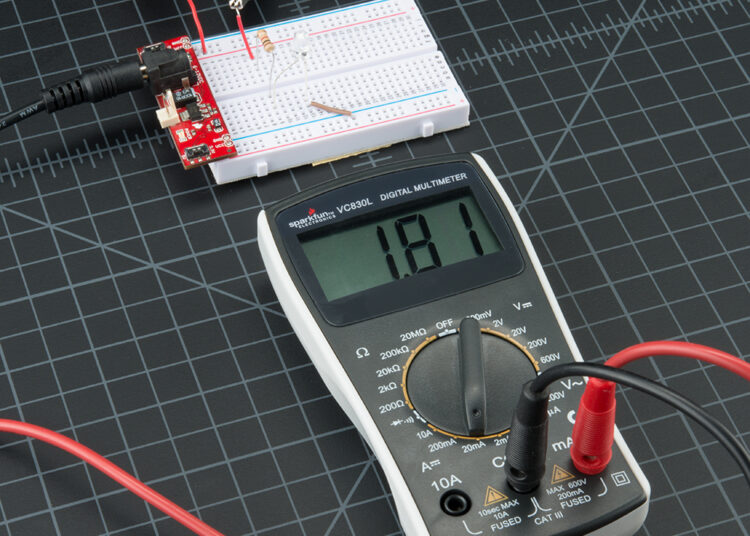With rising inflation and other pressures, the use of electricity in many homes is a huge expense that needs to be addressed. Because modern equipment must be handled, it is a necessary cost and can only be controlled by innovative equipment and careful use.
It is important to understand that improperly flowing equipment can interfere with the flow and quality of electricity. Electricity is billions of electrons that flow and flow like water. And the power cable used to conduct electricity should be a good conductor for efficient power transmission. Cables coated with a good best automotive multimeter insulating material ensure safety and do not waste energy. Therefore, it is a good idea to inspect and repair the wiring used in your home if needed. So you don’t have to pay extra for maximum unused electricity.
If you want to control something you need to be able to measure electricity is no exception. An electric meter is one way to do this. The device used is a digital multimeter that can measure ohms, amperes and volts, as well as a multimeter that can measure temperature. Typically, a unit that combines an emitter and a voltmeter is often used. And because it is generally comfortable, it can be used indoors or outdoors for better results.
There are two types – the old analog.
But it is still active and is a needle pointing to text and digital displays with LCD or LED screens. Digital is more accurate and these units are quickly converted to analog due to lower construction costs. The most complex problems used by professionals are very easy to understand and deal with.
Another way to measure electricity is to use a secondary meter and a prepaid meter. Landlords, real estate and other line agents find this especially useful when they are faced with the possibility of paying utility bills due to guilty tenants. They also have the ability to make rent easier. Another reason is that with these units, metering and sales facilities, tenants can get credit for their use. They can also earn extra credit by using the in-house card system. The only downside is that the tenant lost the card or forgot to get the extra credit before using the existing one.
Using a prepaid meter with a vendor solution is the easiest and most effective way to measure electronic products. It seems to be suitable for both landlords and tenants.
A voltmeter actuator is an instrument used to measure the potential difference of an electrical circuit between two points in an electrical circuit, such as an optical actuator and a digital actuator, also called voltage. Voltage per unit charge is defined as potential energy. It is responsible for the flow of electrons from one electron to another. The common system of voltage units (SI units) is volts, and an actuator voltmeter can measure direct current (DC) or alternating current (AC).
Technically all voltmeters are absorbent.
Because they measure current instead of voltage. Voltage is measured when current passes through a resistor in an electrical circuit. A voltmeter is actually an electric meter. A voltmeter is also called a multimeter because it measures resistance and current.
There are two types of attenuation voltmeters:
digital and analog voltmeters. Digital voltmeters usually refer to voltage. Analog to digital converter, power supply and digital display unit. This type of voltmeter displays data directly from analog to digital converter. Digital display systems can be either a light emitting diode or a liquid crystal display panel and there are several factors that affect the accuracy of digital voltmeter measurements.
Some of these factors include changes in temperature and voltage.
Consumers now prefer digital voltmeters because they are more accurate than analog ones. To maintain this accuracy it is advisable to periodically calibrate the voltmeter according to the potentiometer.
Analog voltmeters usually have a high resistance galvanometer or series ammeter. An analog voltmeter shows the value of the dial. There is usually a moving pointer or needle. This type of voltmeter can be used for high resistance which can indicate an open or ground circuit. The disadvantage is the internal resistance of the analog voltmeter. Usually expressed in ohms, analog volts per volt.





